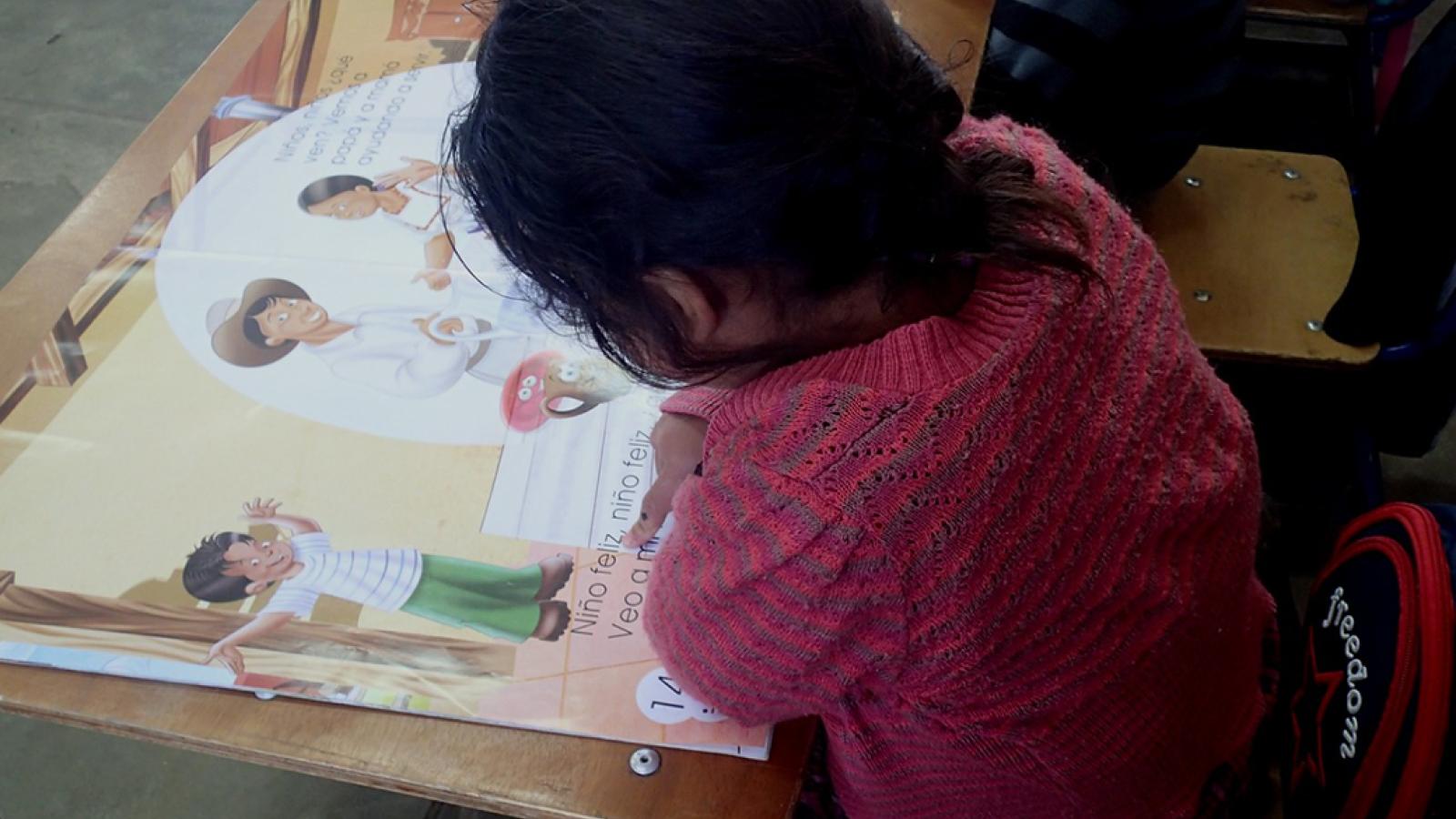Flying blind: losing our data on poverty
OPHI Director Sabina Alkire highlights some less well-known implications of the recent cuts to USAID, focusing on the flagship Demographic and Health Surveys (DHS) Program, a global public good upon which key analyses of poverty depend.
Development assistance is receding across the world – refugees in camps no longer receiving food rations, medical staff laid off, teachers’ salaries stopped, and live-saving antiretrovirals stuck in storage. The consequences are and will continue to be tragic. A lesser-known casualty of the current tumult is the flagship Demographic and Health Surveys (DHS) Program, a global public good upon which key analyses of poverty depend. If the DHS is retired permanently and its activities are not replaced, then many poverty reduction efforts will fumble in the dark.
There are few who could argue with the fundamental importance of evidence-based decision making in government. The cuts to USAID potentially take out – in one fell swoop – a key source of information on the nature of poor people’s lives around the world. The flagship DHS Program, formerly funded by USAID, has been gathering information to help guide practical interventions that improve people’s lives for thirty years. It has been one of only two global projects that collect vital data using household surveys and, until the freeze, was used by policy actors in national governments, researchers, international agencies, and non-governmental organisations.
The DHS Program gathers data using trained teams that go into people’s homes and survey household members. Data collection is ambitious, skilled, expensive and time-consuming – and it cannot be replaced by big data. Big data does not know where undernourished children live, whether they share their household with an out-of-school child, whether they have water and electricity and solid housing – in short which deprivations walk together in people’s lives. The DHS Program has filled the gap – providing comparable data for global, national, and subnational analyses over time. DHS has covered over 90 countries, including the poorest. And the micro data, available without cost, meet the highest international standards. Kicking away this ladder is unlikely to catalyse data collection by other actors, who continue to lack the expertise and funds for work of this scale.
In stopping the DHS, we are witnessing the costly and rapid destruction of institutions, procedures, policies, contracts, documents, supply chains, communication systems, records, and competent and committed teams. These may be swiftly cut but will take many years to build back up.
Efficient responses to poverty require information. If the US, UK and other nations decide to pull up the anchor on development assistance in a chaotic manner, then others who care must step into the breach – youth, faith-based groups, private sector, local organisations and civil society. In order to do more with less, incoming actors will need to know what to do to reduce poverty. Flying blind without data on poverty will make their well-intentioned activities less efficacious.
For example, in the global Multidimensional Poverty Index (global MPI) that our research group co-computes, DHS surveys provide detailed poverty data for 44 countries and 3.1 billion people enabling our study of global multidimensional poverty. DHS surveys illuminate the situation of 763 million poor people, which is 70% of all people living in acute multidimensional poverty.
DHS data mean that we can see and pinpoint what to do with respect to nutrition and schooling, housing, water, sanitation, energy, and other variables for these 763 million people whose lives are afflicted by multiple deprivations at the same time. We can examine how poverty affects children, rural dwellers, or female-headed households differently – and how the face of poverty built from 10 deprivations changes across 643 subnational regions. In this way, we identify and point out actionable and cost-effective off-ramps to end poverty.
DHS data also make change visible – including strong poverty reduction that is worth celebrating. According to the global MPI built from DHS surveys, we found out that 415 million people left multidimensional poverty in India between 2005/6 and 2019/21 and that the poorest groups had the biggest success. Using DHS surveys, we found that during the Ebola pandemic (2013–2017) in Sierra Leone, multidimensional poverty dropped from 74% to 58%. Using DHS surveys, we found that Cambodia halved multidimensional poverty in 7.5 years that spanned the pandemic, dropping from 37% to 17% between 2014 and 2021/22.
The 2014 Sustainable Development Goals, the 2024 Pact for the Future and the 2025 World Summit on Social Development all name the reduction of poverty in all its forms the ‘greatest global challenge’. If the status quo ante of development assistance is packing up and heading out, then any incoming people or institutions who step in to care still require information on who the poorest persons are, how they are poor, and how poverty is changing. It would seem that up-to-date high-quality data are of even greater importance and priority than ever before – both so that any funds still left have an outsized impact on poverty, and so that new entrants can plan high-impact action pathways. The DHS surveys need to be restarted – and swiftly so.
Sabina Alkire directs the Oxford Poverty and Human Development Initiative, University of Oxford.


